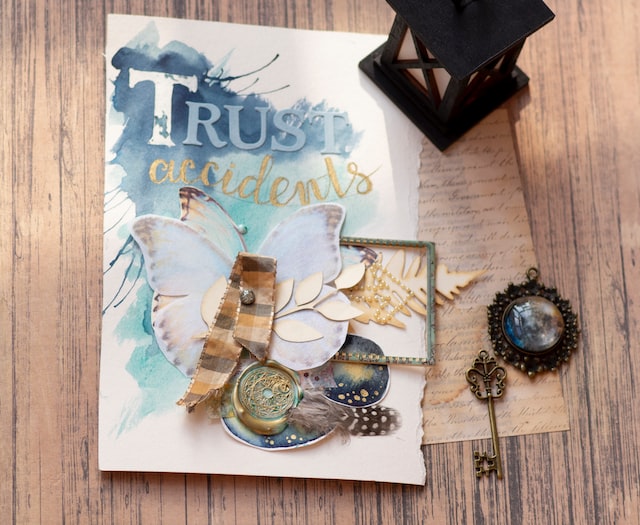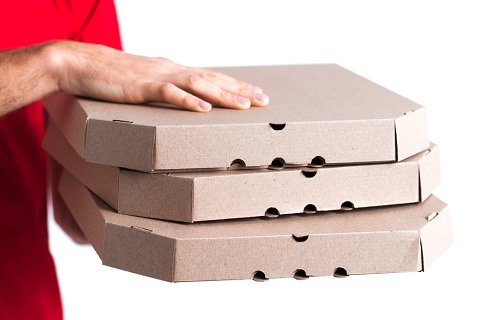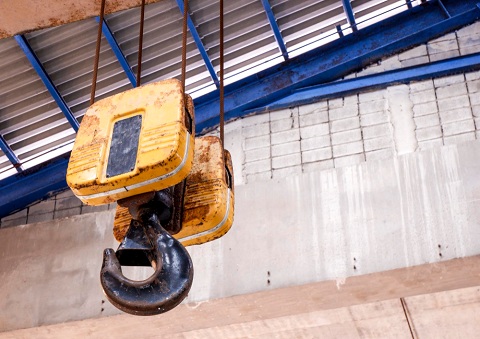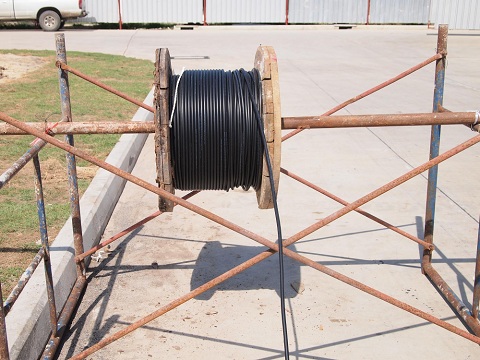Scrapbooking is a fun and creative way to preserve memories and create beautiful keepsakes. One of the most important elements of scrapbooking is choosing the right paper. With so many options available, it can be overwhelming to know where to start. In this article, we will provide you with tips and tricks for choosing the right scrapbooking paper for your project.
Consider the theme or occasion:
The first step in choosing the right scrapbooking paper is to consider the theme or occasion of your project. For example, if you are creating a scrapbook for a wedding, you might want to use elegant and romantic paper with soft colors and floral patterns. If you are creating a baby album, you might want to use bright and playful paper with cute and whimsical designs.
Think about the color scheme:
Once you have chosen the theme or occasion, consider the color scheme. Using a consistent color scheme throughout your project can help tie everything together and create a cohesive look. You can choose papers in different shades of the same color, complementary colors, or contrasting colors for a bold look.
Choose the right texture:
The texture of the paper can add depth and dimension to your project. Smooth paper is great for printing photos and adding text, while textured paper can create a more tactile and interesting look. Consider using papers with embossed, metallic, or glitter accents for added visual interest.
Experiment with patterned paper:
Patterned paper is a popular choice for scrapbooking because it can add visual interest and enhance the theme or occasion of your project. When choosing patterned paper, consider the size and scale of the pattern. Small patterns can work well as background paper or to add subtle accents, while larger patterns can be used as focal points.
Test your printer:
If you plan on printing photos or text directly onto your scrapbooking paper, it is important to test your printer first. Not all printers can handle thick or textured paper, so it is important to check your printer’s specifications and do a test print before committing to a large project.
Invest in quality paper:
Quality paper can make a big difference in the final look of your project. Higher quality paper is usually acid-free, lignin-free, and pH-neutral, which means it won’t yellow or deteriorate over time. Investing in quality paper can ensure that your scrapbook pages will last for years to come.
Consider the weight of the paper:
The weight of the paper refers to how thick and sturdy it is. Thicker paper is more durable and can hold up better to embellishments and heavy use. However, thicker paper can also be more difficult to work with and may not fold or bend as easily. Consider the weight of the paper based on the needs of your project.
Here are a few additional tips to keep in mind when choosing the right scrapbooking paper:
- Don’t be afraid to mix and match different patterns and textures. Combining different papers can create a unique and eye-catching look.
- Consider using specialty papers, such as vellum, mulberry, or handmade paper, to add extra texture and interest to your project.
- Look for paper packs or kits that are designed for specific themes or occasions. These packs often include a variety of coordinating papers and embellishments, making it easy to create a cohesive look.
- If you are working on a large project, such as a wedding album or family history book, consider purchasing paper in bulk to save money.
- Be mindful of the size of your paper. While 12×12 inch paper is a popular choice for scrapbooking, it may not be the best option for smaller albums or projects. Consider using 8.5×11 inch paper or smaller for more compact projects.
By taking the time to choose the right scrapbooking paper, you can elevate your project to the next level and create a beautiful and meaningful keepsake. So, next time you’re shopping for paper, keep these tips in mind and have fun experimenting with different colors, textures, and patterns!





